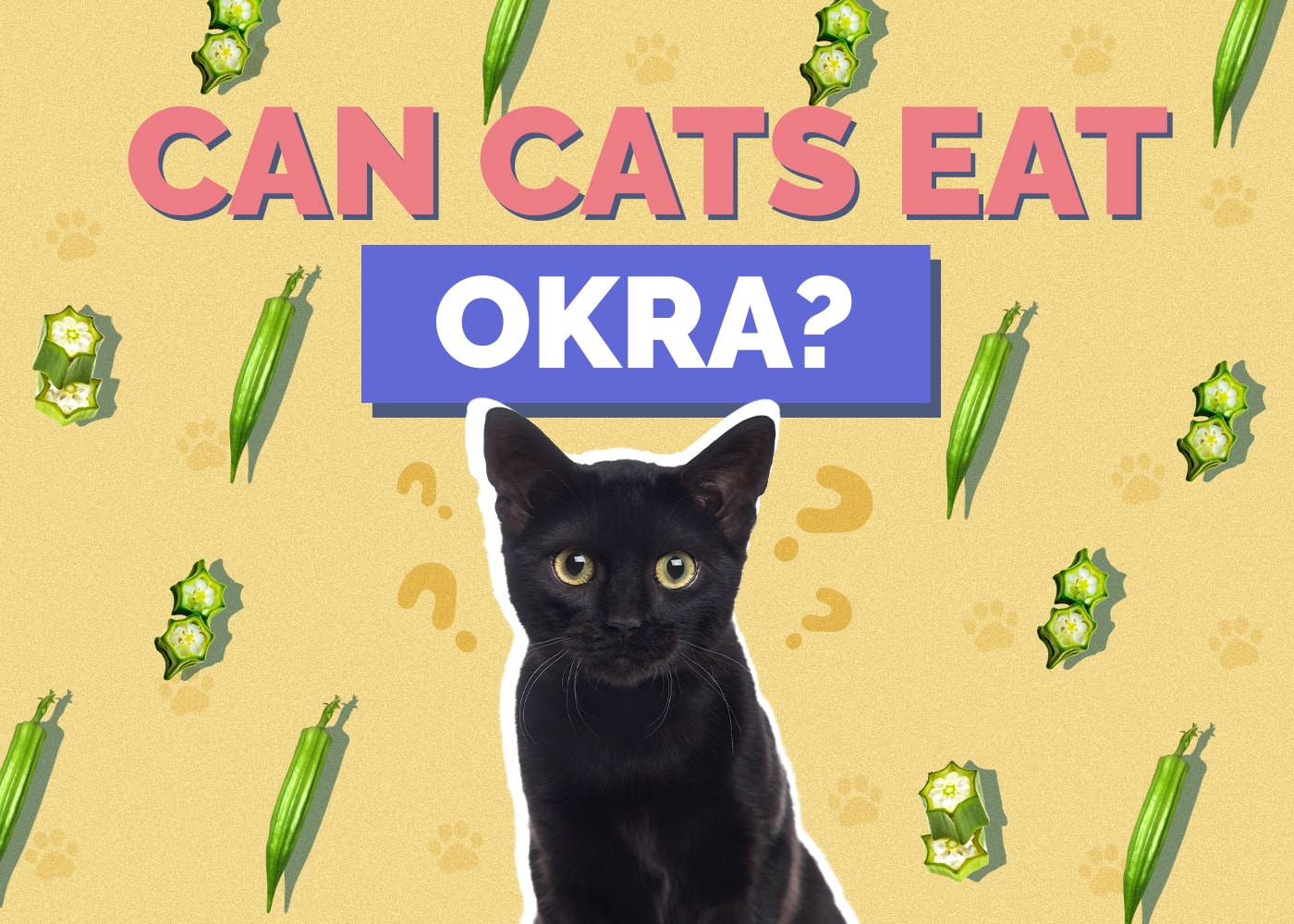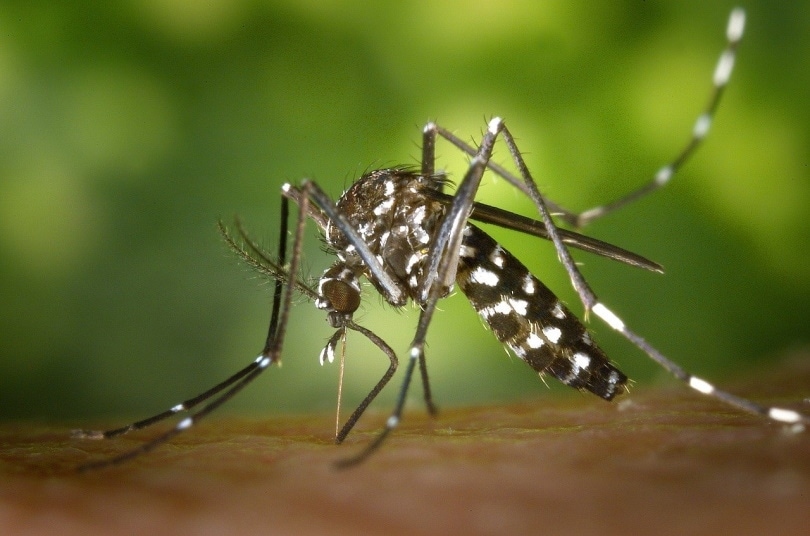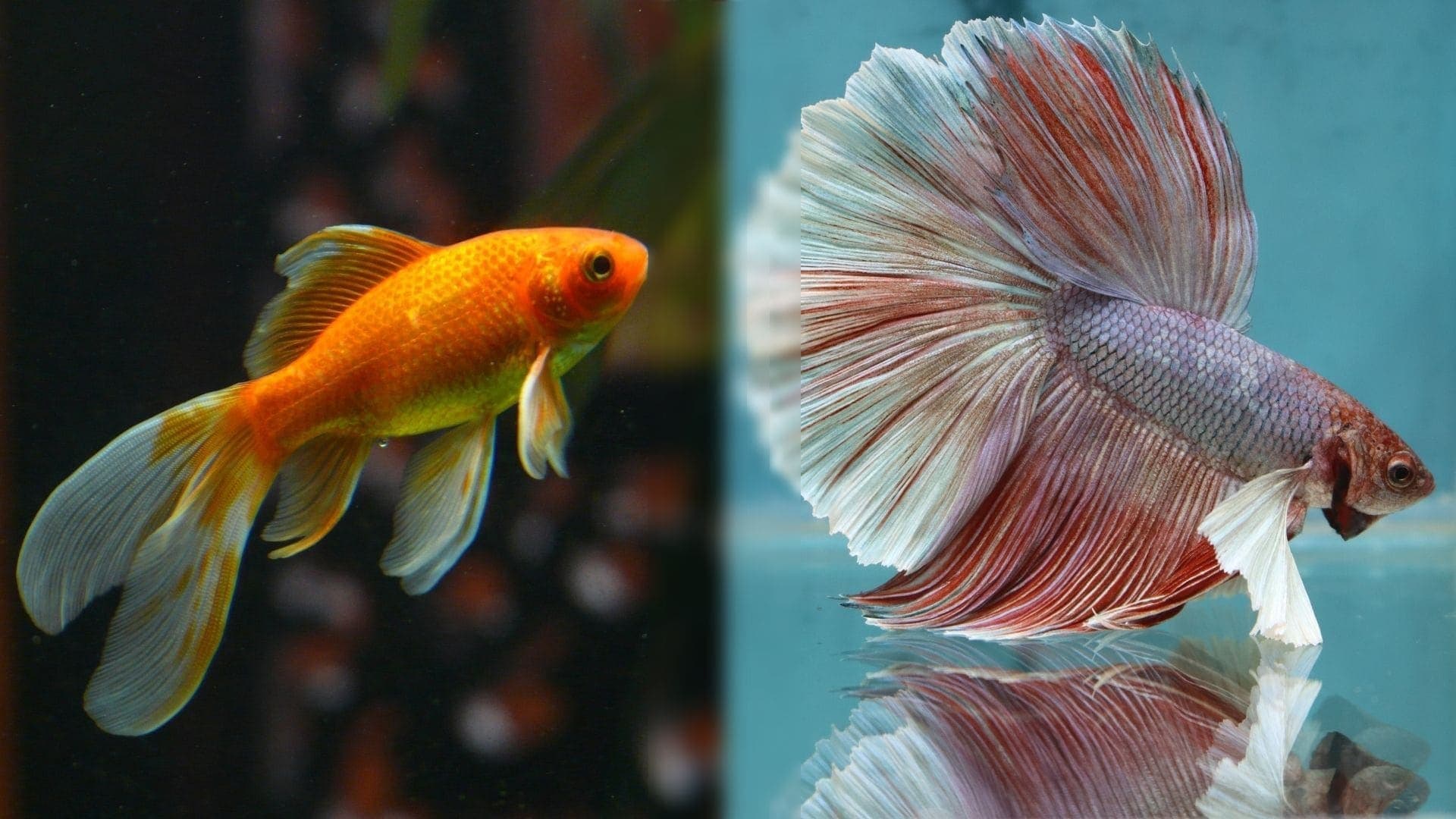American Ringtail Cat Breed Info: Pictures, Care, Traits & Facts
Updated on

| Height: | 8–10 inches |
| Weight: | 7–15 pounds |
| Lifespan: | 15–20 years |
| Colors: | Can exhibit all patterns and colors |
| Suitable for: | First-time cat owners, singles, households with older children and other pets |
| Temperament: | Friendly, active, curious, vocal |
The American Ringtail is a relatively new cat breed whose humble beginnings can be traced back to one feral kitten named Solomon in California in the late ’90s. This unique-looking cat is distinguishable by their curling tail that forms a ring on their back. Ringtails, also known as Ringtail Sing-a-Lings, are beautiful and personable felines that make perfect family companions.
If you’re searching for a sweet, easygoing, and entertaining cat companion, this breed should be at the top of your list. Keep in mind, however, that Ringtails are exceedingly rare, and breeders are far and few between.
American Ringtail Kittens
The American Ringtail is still considered a rare breed, and finding kittens can prove to be rather difficult. There are several breeders throughout the United States and Canada, however, so it’s not an impossible task.
Since this breed is so rare and in demand, the chances of finding one in a shelter are slim to none. That doesn’t mean it’s impossible, though. If you keep your eyes peeled at your local pet shelter or cat rescue, you could strike gold.
Temperament & Intelligence of the American Ringtail Cat
It’s not just their unique tail and otherwise adorable appearance that make an American Ringtail an ideal companion. The breed is known for their affable personality too.
They are kind and loving by nature. They tend to form close bonds with their family members but often take to one person more than any other. They can be a little shy around strangers, but their curiosity will eventually get the best of them. Ringtails love to communicate with their owners and will often use trilling noises when they’re spoken to. It’s this sound that the breed makes that inspired their first name: Ringtail Sing-a-Lings.
Ringtails often display characteristics that may have come from the wild cat genes in their ancestry. They seem to be fascinated with water, often seeking out running water from taps to drink from. They enjoy hiding their food around the house for a snack at a later time and will sometimes try to bury their food after they’re done eating.
Ringtails love to hunt and will sometimes hide their toys throughout your home. You’ll find them stuffed into the weirdest of places, like your underwear drawer or bookshelves. They also seem to have a rather fond interest in mousing.
Are American Ringtail Cats Good for Families? 👪
American Ringtails do very well in family settings. They’re fantastic companions and thrive in households with children. It’s best to wait until any young children are a little older before bringing a Ringtail into your home. While they’re not fragile by any stretch of the imagination, older children will know how to read warning signals and how to properly treat their pets.
Does This Breed Get Along With Other Pets?
The Ringtail is a flexible breed and will get along in households with other cats and dogs, provided the introductions are done correctly and aren’t rushed. It’s best to socialize your Ringtail with other family pets from a very young age; as with most cats, they can become territorial of their space.
The key to introducing pets is to do it slowly. Keep them separate at first, and do not allow the pets to have contact with one another until you have been given the all-clear from your vet that they’re both healthy. Begin feeding them on opposite sides of a closed door so they can associate the presence and scent of the other pet with happy experiences like eating.
Once they’re able to eat with their bowls directly next to the closed door, slowly start providing meet-and-greet sessions in a common area of the home. Do not let them meet one another in your pet’s sanctuary area. For example, if your cat has a special room in the house where they like to unwind and nap, don’t hold your first few face-to-face meetings there. Keep repeating these sessions every day, but keep them short and end them before either animal starts showing signs of stress or aggression.
Once they can tolerate each other, you can start letting them loose in your home at the same time. Keep an eye on them and proceed with caution. If aggressive behavior starts up, go back to keeping them separate until they can live harmoniously.
Things to Know When Owning an American Ringtail Cat
Food & Diet Requirements 🐡
There are no specific food or diet requirements for Ringtails. You can feed them as you would any other breed of cat. That said, cats of this breed may sometimes exhibit interesting food “rituals” that you should know about.
They will sometimes sneak away with their food and hide it around the house. This may become an issue if you choose to free-feed your Ringtail, as you might find food everywhere. If you notice your cat stockpiling their food, you might want to start them on a feeding schedule to prohibit this behavior.
Exercise 🐈
Ringtails are energetic and active cats. They love to explore and will need enriching toys and furniture at home to provide an outlet for their curiosity and energy. You’ll want to invest in a big cat tree so they have plenty of opportunities for climbing. You should try to put their tree in an area where they can safely watch out the windows to help keep them mentally stimulated too.
You should carve out time every day to play with your Ringtail cat. While they are pretty good at keeping themselves busy and occupied when you provide the right toys and cat furniture, they still need to have daily playtime for bonding with their family members.
Training 🧶
The trainability of American Ringtails will vary on an individual basis. Some Ringtails take to learning very easily, while others will have too short of an attention span to care about training.
Since Ringtails are a curious breed by nature, leash training is a great activity to try. They might love going outside to go for walks and get a closer look at what they see outside their window all day long.
Grooming ✂️
Ringtails can have short or medium-length coats. Those with medium-length coats will need regular grooming sessions around twice a week. Those with short coats can get away with less frequent grooming sessions. Ringtails generally don’t shed much, so brushing them will help keep their coat soft and shiny.

Health and Conditions 🏥
American Ringtails don’t have any health conditions that are specific to them because of their breed. Remember, their tail is not a deformity, so it does not cause them any pain or discomfort.
That said, Ringtails are still at risk of the same health conditions as most other cat breeds.
- Worms
- Fleas
- Ear mites
- Constipation
- Diabetes
- Feline immunodeficiency virus
- Feline leukemia virus
- Heartworm
- Upper respiratory infections
- Kidney disease
Male vs. Female
There don’t appear to be any personality differences between male and female Ringtails that don’t also appear in other cat breeds. Male cats are usually bigger and can sometimes exhibit problem behaviors like aggression or urine spraying if they’re not neutered after maturity. Male cats, in general, can be more prone to urinary obstructions due to their urethral anatomy.
Females are usually smaller in both height and weight than their male counterparts. Unaltered female cats will prowl incessantly to find a mate. They’re less likely to show aggression than males, but they are much more vocal until they’ve been spayed.
Despite a few physical and behavioral differences between male and female cats, their genetics and environment often play bigger roles in determining a cat’s personality.
3 Little-Known Facts About the American Ringtail Cat
1. The American Ringtail Is a Relatively New Breed
The American Ringtail is a new and unique breed that was developed in 1998 in California. The first Ringtail was named Solomon and was the only kitten that survived in his litter. His owner, Susan Manley, bottle-fed him from 2 days old and knew something was different about him by the time he was a month old. She noticed his tail was different from other cats because it seemed to always want to curl over the top of his back. After veterinarians examined him, it was determined that Solomon didn’t have any underlying medical issues or physical deformities that caused the curved tail.
2. The Ringtail’s Curved Tail Is the Result of a Genetic Mutation
The breed’s ringtail is due to two separate genes. The dominant gene is sex-linked and causes the aerial tail. This gene is not unique to Ringtails, as many domestic cats have it. The recessive gene, however, is the one that produces the curl in the tail.
This recessive gene is much rarer than the one that causes the aerial tail and is often seen in both feral and domestic cats and even in purebred dogs. The mutation that causes the curled tail is not harmful or painful to the cat. They can straighten their muscular and broad tail any time they want to, so it’s not always in its curly position. In fact, Ringtail kittens are born with a “normal” tail that will begin to curl as they grow up.
The degree of the curl can differ from cat to cat. Some tails will lie on the cat’s back, while others form a corkscrew.
3. Ringtails Might Use Their Tails More Than Other Cat Breeds
Some Ringtail owners say that their cats use their tails more than other cat breeds. While all cats use their tails for balance, Ringtails might use theirs to help slow them down when coming off of a cat tree or to reduce their speed while they’re playing or in the middle of zooming around. Sometimes, Ringtails will curl their tails around their owners’ hands as they’re being petted. Their tails are most often found in the curled position when they’re relaxed and confident.
Final Thoughts
The American Ringtail is a unique-looking cat breed that can bring a lot of joy to any household. If you’re thinking of adding a Ringtail to your family, do your research to find the perfect breeder for your needs. Remember, Ringtails are a relatively new breed, so finding a reputable breeder might prove to be more of a challenge than you’re expecting.
See also:
Featured Image Credit: Chunky Monkey American Ringtail Cat 3rd Generation Image Credit: Suemanley1, Wikimedia Commons CC 4.0












